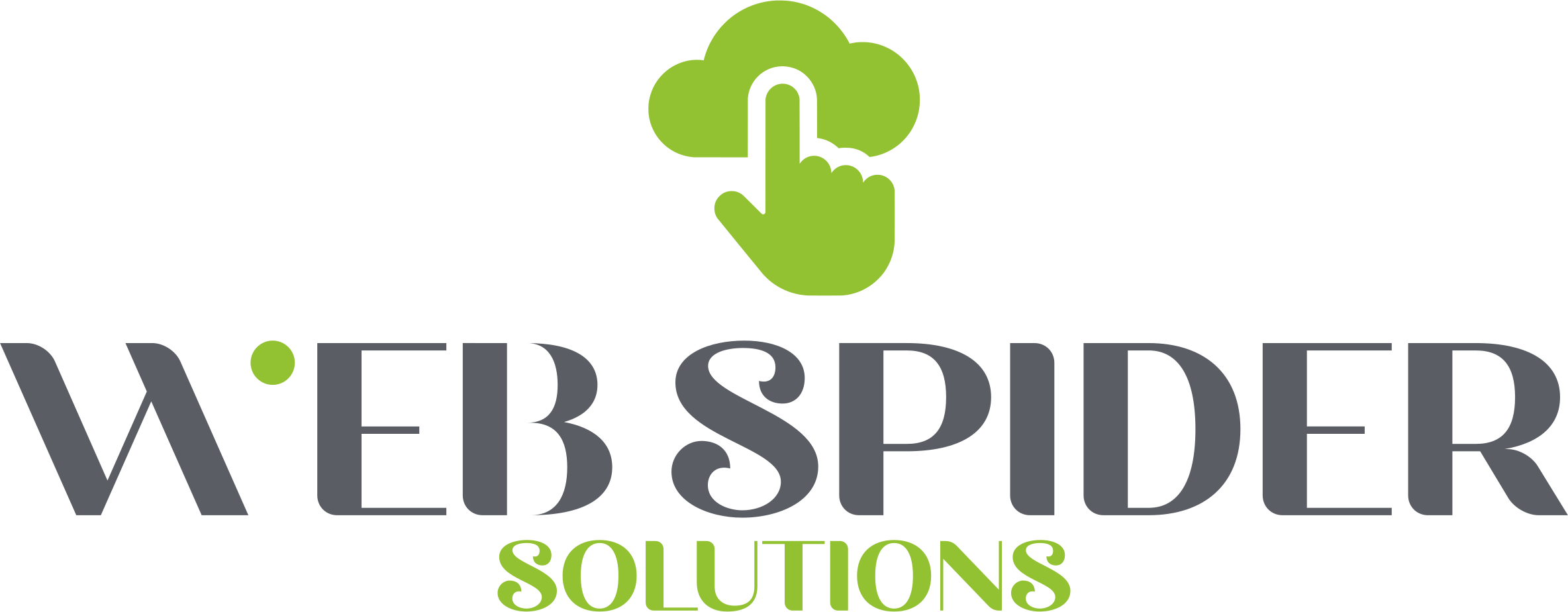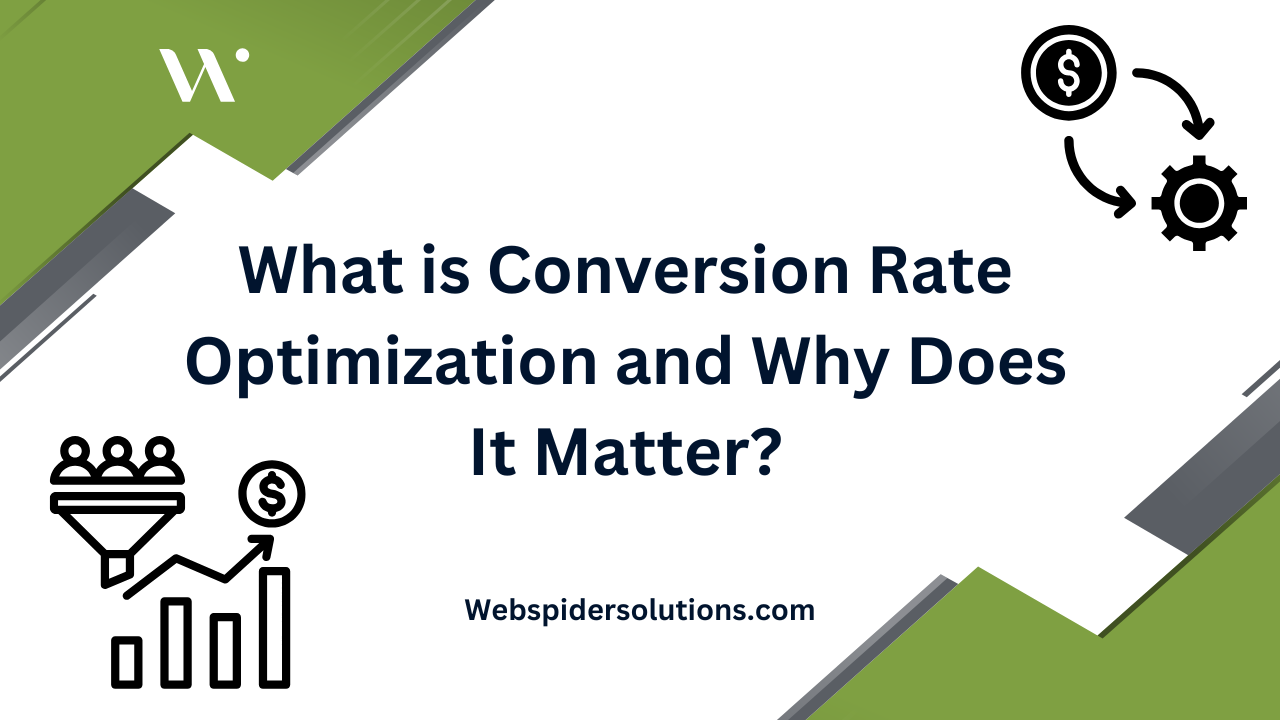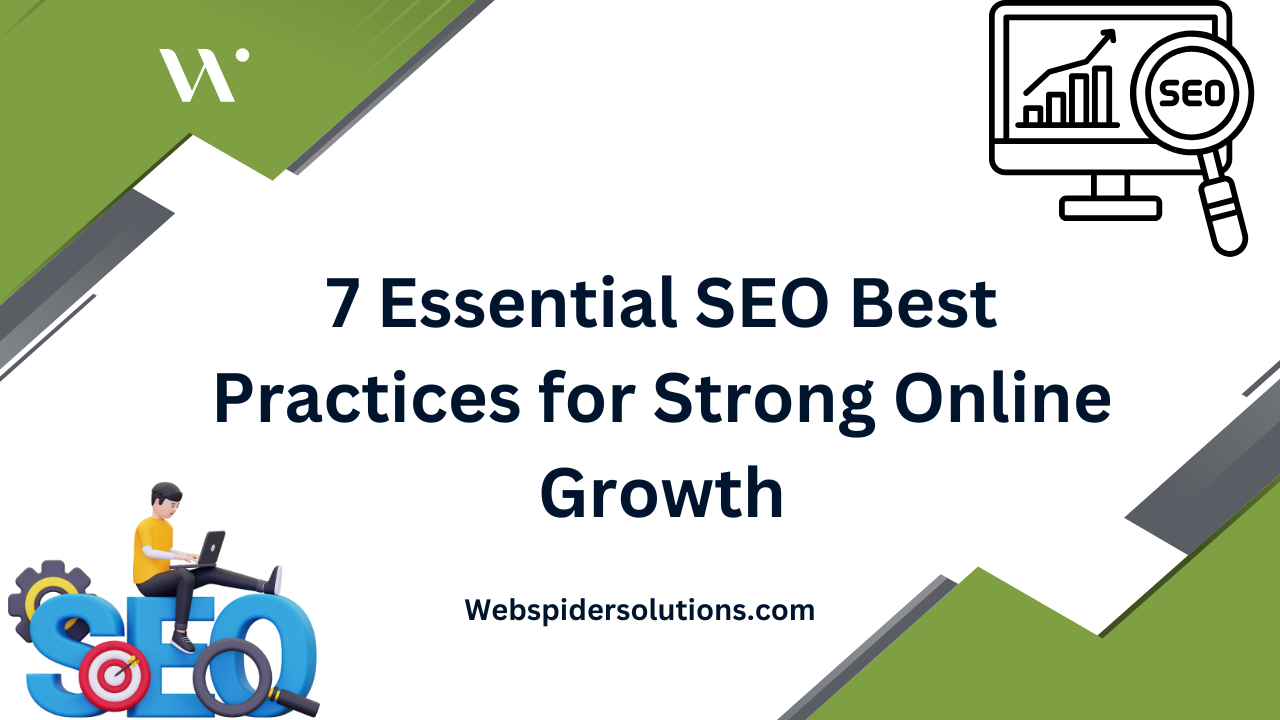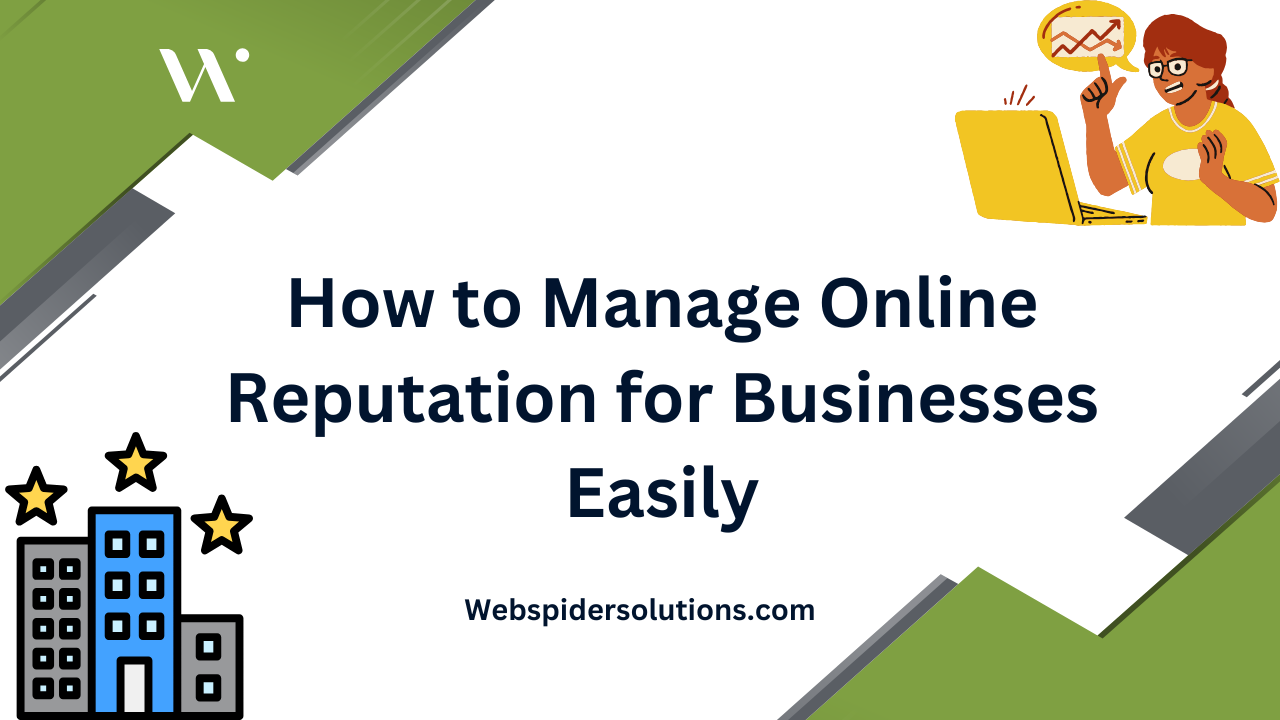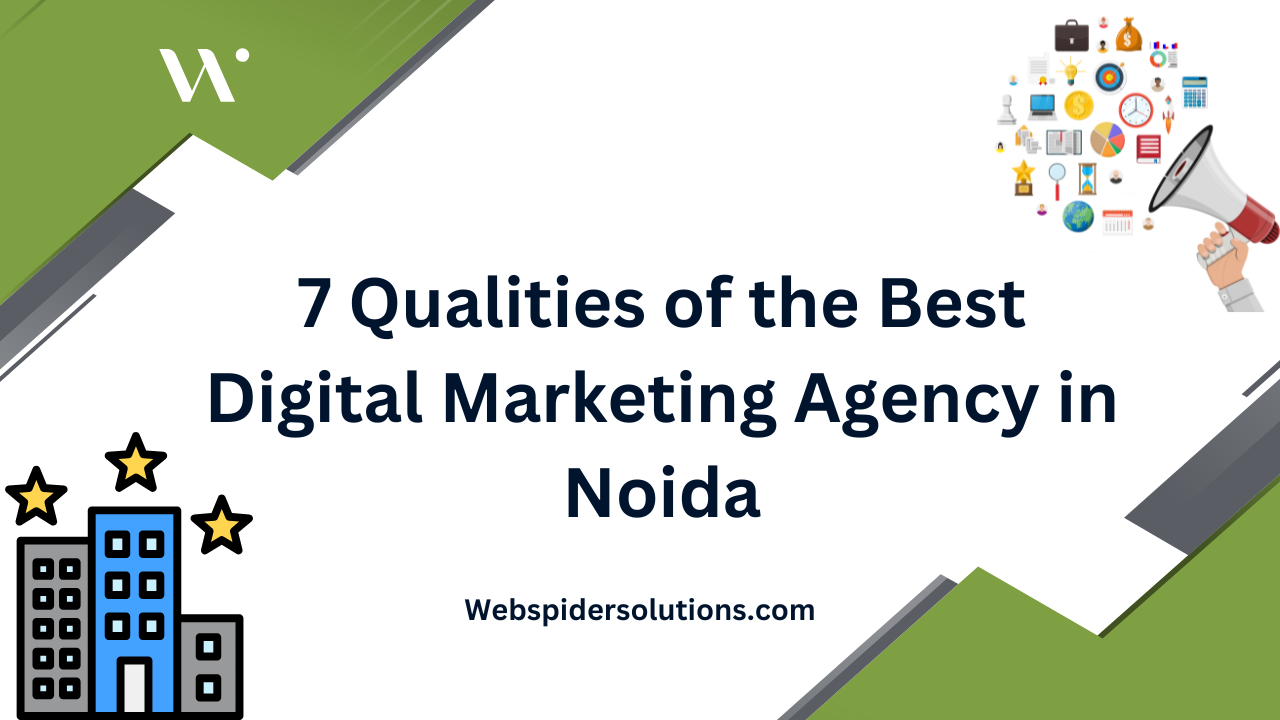Introduction
The online world of digital marketing is so dynamic that merely bringing traffic to your site is not sufficient. Companies are spending a lot of money on SEO, paid advertising, social media and email marketing, but when your site does not convert, what is the purpose? Conversion Rate Optimization (CRO) comes in there.
You may have an e-commerce store, a SaaS company, or a lead generation site, but regardless of what type of business you operate in, conversion rate optimization can be described as one of the most vital (and yet, as it usually turns out, poorly understood) elements of online success. This blog will identify what CRO is, why it is important and how it can directly increase your bottom line.
What is Conversion Rate Optimization (CRO)?
The practice of motivating more users of a site to do a definite action (i.e. Convert a sale, fill in a form, subscribe to a newsletter, or download an asset) is called the Conversion Rate Optimization (CRO).
Simply put, it means converting greater numbers of the visitors into buyers without actually having to drive more traffic to your site.
The conversion rate = (conversions/ total visitors) x 100
In this case, if you have 1,000 visitors on your web page and 50 of them buy something, your conversion rate stands at 5%. CRO works to help increment this percentage by studies on user experience, testing of contents as well as layouts and the elimination of obstacles that block users to reach conversions.

Why Does Conversion Rate Optimization Matter?
1. Maximize the Value of Existing Traffic
To get traffic to your site, many times you have to spend a lot of money- either in search engine optimization (SEO), pay-per-click advertising, or content marketing. When your site is not optimised to convert, you are basically leaving cash lying on the ground.
CRO will assist you to convert your existing traffic to give you more value. You will get more conversions by utilizing your current traffic rather than having to spend more on attracting new users.
2. Improve Return on Investment (ROI)
CRO will increase your ROI across all your marketing activities because this approach aims at enhancing user experience and funnel performance. The increase in conversion rate will produce high revenue growths even with little improvement with no significant growth to the marketing budget.
To give an example, increasing your conversion rate of 2 percent to 4 percent literally doubles your sales – with no need to increase your ad budget accordingly.
3. Enhance User Experience (UX)
The major segment of CRO is the process of examining user engagement with your site, what they press, how far they scroll, when they leave. With such tools as heat maps, recording user sessions, and A/B testing, you will find out what is and what is not.
It also enhances user satisfaction by eliminating friction points in the user experience, making navigation easier, and including direct action elements, making the user more engaged in the long run and loyal to the company.
4. Reduce Customer Acquisition Costs
As the conversion of visitors to customers rises on your site, your cost per acquisition (CPA) drops. CRO lets you work with less so that you can do more, rather than focusing on increased traffic. This is particularly critical to the start ups and small-scale businesses with limited funds..
5. Gain a Competitive Advantage
Several companies continue to ignore CRO as they just want more traffic. It offers you such a chance to perform better than other competitors sending visitors to websites that have not been properly optimized.
An optimized site can convert more effectively than a site with more traffic thus you are more likely to make more leads or sales using a fewer number of people.
Key Elements of a CRO Strategy
1. Clear Calls-to-Action (CTAs)
Your call-to-action is your conversion opening. It must be noticeable, attractive, and must send a clear message of what occurs when an individual clicks. e.g.: Buy Now, Get Your Free Quote, Sign Up Today.
2. A/B Testing and Multivariate Testing
CRO depends highly on testing. Using A/B testing, you run two versions of a page, and measure which is the better performing page. In multivariate testing, several changes are tested simultaneously. Such tests assist you in taking data informed decisions.
3. Page Speed Optimization
Visitors are repelled by slow loading websites. Websites that are faster have a better SEO rank, user satisfaction, as well as conversion rate.
4. Mobile Optimization
As mobile traffic constitutes more than half of the web traffic worldwide, your site should be completely responsive and navigable on mobile phones and tablets.
5. Trust Signals
It is more believable to post reviews, testimonials, certification, secure payment symbols that would drive away the hesitation of the user specially in e-commerce.
6. User Behavior Analytics
Such applications as Google Analytics, Hotjar, and Crazy Egg provide insights into user pain points, drop-off pages, and conversion paths. This information forms the foundation of essential CRO techniques that lead to more effective optimization.
CRO and SEO: A Powerful Combination
Although SEO is a tool that can drive traffic, optimization of the conversion rate is an added advantage to get effective use of the traffic. The two strategies are hand in hands. Thousands of page views can be achieved, but when no person who visits your site takes action, it does not help your cause.
The combination of CRO along with SEO results in:
- Improved on page interaction
- Reduced bouncing rates
- Higher time-on-site
- Better numbers of conversions per visitor
There are also user engagement signals in the search engines, which indicates your rankings in SEO could be raised as your CRO activity improves user signals.
Real-World Example
Suppose you are a clothes shop that does business online. But you invest the money in advertising: 2,000 dollars per month and get 10,000 visitors. Your 1 percent is a conversion rate and 100 sales are made out of it. By implementing
CRO- by making it easy to go through check out, attach customer reviews and make your product pages prettier, you push your conversion rate up to 2%.
So with the same amount of traffic and the same amount of budget, you are doing 200 sales. It is a free 100 percent revenue jump and it is made possible by intelligent optimization.
Common CRO Tools
These are some of the tools that are very common with marketers in the process of conversion rate optimization:
- Google Optimise- A/B and multivariate Testing
- Hotjar / Crazy Egg- Heat Maps and recording sessions
- Optimizely- Advanced experimentation platform
- Unbounce / Instapage – Landing page builder & Testing
- Google analytics– Traffic and behavior analytics
All these tools aid the discovery of user behavior, experimentation with changes, and systematic performance enhancement.
Final Thoughts
Conversion Rate Optimization is no hype in marketing—it is a crucial component in developing a successful and sustainable online business. E-commerce CRO enables entrepreneurs, digital marketers, and e-commerce brands to make the most of their own effort..
CRO instead of investing more money in advertisements or seo to encourage traffic, works on what follows such traffic landing. It is economical and evidence-based, as well as, plays an important role in revenue optimization.
When you are not actively working towards improving on your conversion rates then you are missing one of the greatest ROIs in the realm of digital marketing.
Do you need assistance in CRO on your site? Reach out to us– a reputable conversion rate optimization agency to start optimizing your results. Things are difficult to change, however, small differences can yield big outcomes.

